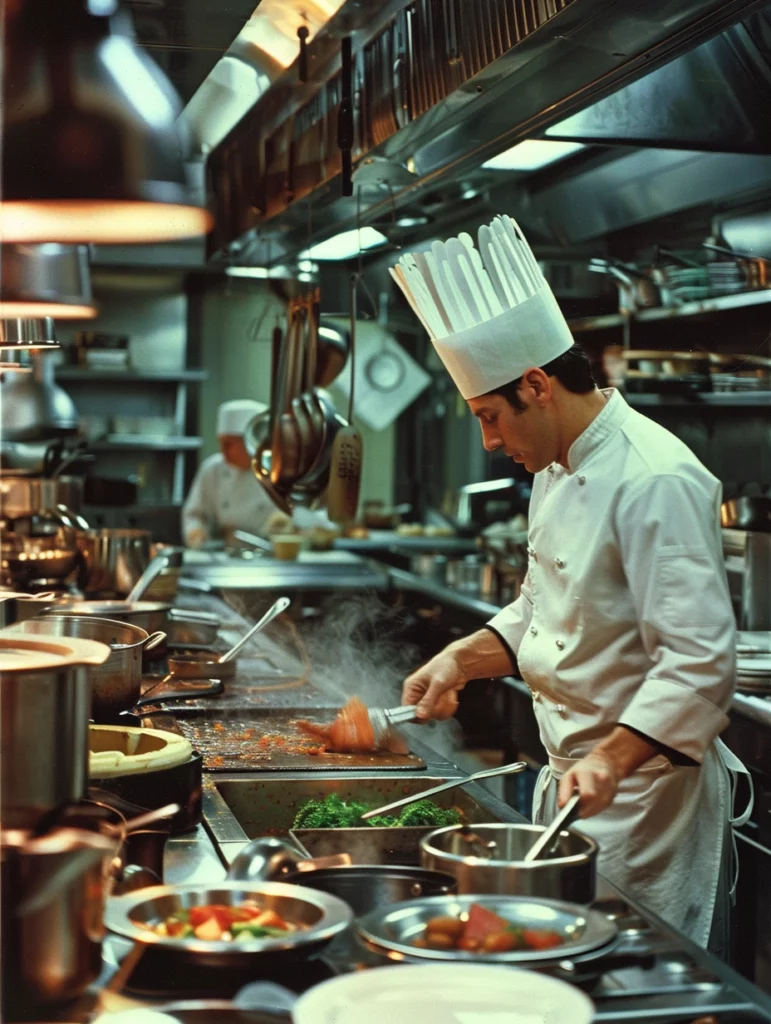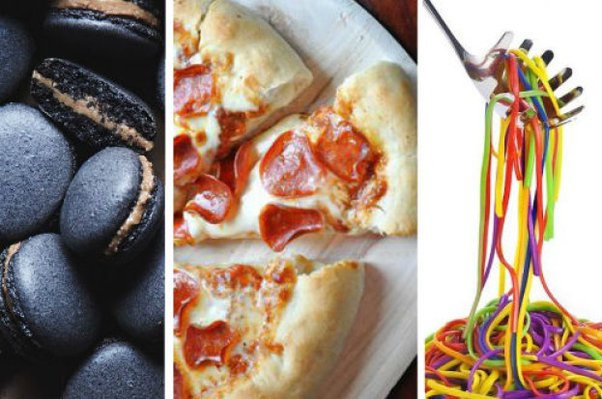
08 Mar ART-724-Neurogastronomyscientific manipulations in the service of gastronomy and the food industry
The human sense of taste can be manipulated by color, shape and sound. According to the bromatologist, the main role in this part is played by the phenomenon known as synesthesia of sensations. Subconsciously, each of us associates a given taste with a specific color or shape, this is the power of our attitude and expectation.
It is obvious that both the food and catering industries carefully use the work of scientists.

While drinking coffee and eating chocolate in a place with lower lighting, the melody of Nocturne No. 2 in E flat major, Op. 9 by Fryderyk Chopin, one may get the impression that they are more bitter. However, it turns out that food producers take advantage of these relationships. Dr. Chłopicka gives the example of a company that produces chocolates: [the company] changed the shape of the cubes from rectangular to rounded. Nothing was changed in the chocolate recipe, only the shape. Studies have shown that when people eat exactly the same food product, but in different shapes, they experience the taste differently. Eating oval chocolate cubes resulted in a more pronounced sweet taste than eating rectangular pieces of the same chocolate. So it turns out that our brain is playing tricks on us, which the producers, in this case, of chocolates, are aware of.

The weight of the cutlery, the material it is made of and the size of the setting are elements used with impunity by those initiated into the arcana of neurogastronomy. A large plate, silver tableware and a beautifully arranged dish – all this means that we are willing to pay more for the same dish that could be served on a small plate, with plastic cutlery, without worrying whether the carrots and broccoli form an angle between them. simple. It turned out that people were willing to pay twice as much for the same amount of food products used to make a salad, but arranged in an artistic form – says Dr. Chłopicka. This means that our brain is playing a trick on us, which actually reduces our wallets, because the taste and quantity of the products we eat do not change.

However, it turns out that the aesthetic value (how a given dish is served) plays no less a role than the food itself. The artistic forms of expression that we can find on plates in exclusive restaurants are not just the whim of the owners. The way the meal is presented, the place where we are, the color of the walls – basically every element of the decor is intended to convince us that it is worth paying more for the experience. Neurogastronomy gives the answer why food is more than just a supplement to our vital forces.
Let’s close our eyes and feel the hot sand under our feet, a light breeze caressing our face, listen to the sound of the waves and the sounds of seagulls. Finally, we can sit down in one of the nearby restaurants and order a seafood salad, which we will eat with silver cutlery on a large white plate. Everything that surrounds us in this situation is supposed to make us feel better about what we eat – color, sound, smell, memories, etc. This is more or less what the signature dish of the English master of molecular gastronomy, Heston Marc Blumenthal, Sound of Sea, looks like. Together with scientists, the British chef deals with multi-sensory cooking. It turns out that food engages all the senses. We don’t have to go all the way to the French coast – just a little creativity, as suggested by Blumenthal. The blue glass plate imitates the sea, the amaranth grains are sand, we finally have a breeze that will be replaced by foam, there are pieces of fish and seaweed, and a small iPod hidden in the shell guarantees a musical reference to the sounds of the sea. Thanks to this, we can “move” to another place with food.


Sorry, the comment form is closed at this time.